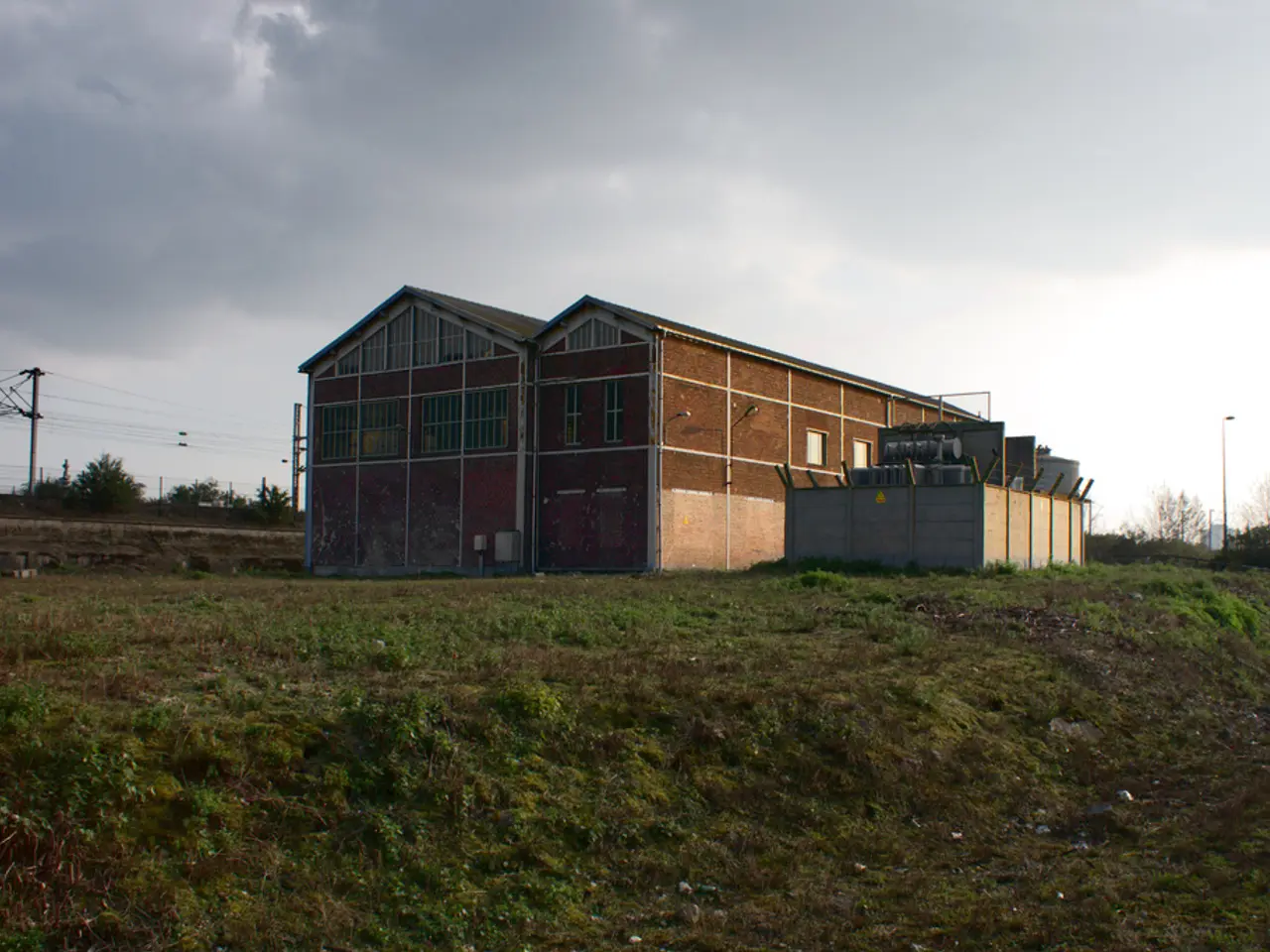Trump bolsters coal sector to fuel energy-needy data centers
In a move to shore up the coal industry, President Trump has issued a series of executive orders aimed at easing regulatory burdens and promoting coal production. These orders, issued in July 2025, are largely justified by the need to meet surging electricity demand linked to the establishment of artificial intelligence (AI) data centers and domestic manufacturing.
One notable executive order, issued on July 17, 2025, grants a two-year exemption for certain coal-fired plants from meeting new emissions standards. This exemption, effective from July 8, 2027 – July 8, 2029, aims to prevent shutdowns of coal plants that threaten jobs, grid reliability, and national security.
A broader order, issued on April 8, 2025, directs federal agencies to revitalize the coal industry. This includes revoking regulations limiting coal production and coal-fired electricity generation, identifying coal resources on federal lands, negotiating export agreements, and reclassifying coal as a mineral to facilitate domestic production.
The orders face environmental litigation challenges from groups such as Our Children’s Trust, who argue these policies worsen climate change and infringe constitutional rights. However, recent attempts to halt these orders through litigation were denied certiorari by the U.S. Supreme Court in March 2025, allowing the orders to remain in effect pending further legal and political developments.
The JH Campbell power plant in West Olive, Michigan, was set to close in May but is now resupplying its coal pile, which once stretched the length of three football fields. Nearly 75% of US coal plants have retired or planned to do so by 2030, according to Sierra Club tracking. However, President Trump's administration has ordered the plant to remain open, citing an energy emergency.
The rising demand for electricity, driven in part by new AI data processing centers requiring substantial power, is expected to double by 2030. More than half of that demand is projected to come from AI data centers. The Clean Energy Buyers Association estimates that large companies' demand for clean energy such as solar will reach 275 gigawatts by 2035, enough to power more than 200 million average American homes.
The American Coal Council is optimistic about the economic impacts of the executive orders, expecting regulatory shifts to boost the coal industry. However, several industry groups and major companies have declined to comment or did not respond to inquiries on the prospect of coal-fired electricity powering their data centres.
Jason Walsh, executive director of BlueGreen Alliance, warns that the federal efforts to bolster the coal industry overlook coal communities seeking to move beyond the declining industry. Walsh states that Congressional budget negotiations gutted clean-energy tax credits, including a bonus for investments in so-called energy communities and a green bank to invest in sustainable economic strategies for coal communities.
Trump has declared US global AI dominance a priority of his administration, citing the technology and its energy needs as an issue of national security. The story discusses topics such as clean energy, coal, data centres, emissions, energy intensity, pollution, renewable energy, solar, tax, wind, energy, decarbonisation, energy transition, net zero, artificial intelligence.
The Thomson Reuters Foundation published this story, covering humanitarian news, climate change, resilience, women's rights, trafficking, and property rights. The executive orders highlight the role of coal in meeting the demands of data centres and AI, and they have significant implications for U.S. energy policy, grid reliability, and climate change, and they are currently subject to ongoing legal scrutiny.
- The ongoing energy transition, driven in part by the increased demand for electricity from AI data centers, is expected to double by 2030, making clean energy, such as solar, more crucial than ever.
- The Clean Energy Buyers Association predicts that the demand for clean energy by large companies will reach 275 gigawatts by 2035, enough to power more than 200 million average American homes.
- President Trump's administration, in a move contradictory to the global pursuit of net zero emissions and climate change mitigation, has issued a series of executive orders aimed at revitalizing the coal industry, promoting coal production, and easing regulatory burdens.
- The executive orders, including one that grants a two-year exemption for certain coal-fired plants from meeting new emissions standards, have faced environmental litigation challenges, with groups arguing they worsen climate change and infringe constitutional rights.
- The net zero agenda, on the other hand, is being propelled by the sustainability movement, which emphasizes the reduction of carbon emissions from industries, including finance and technology, to address climate change.
- The rising demand for electricity, along with the need for data centers to run artificial intelligence, has put pressure on the grid's reliability, with some power plants, like the JH Campbell power plant in West Olive, Michigan, being ordered to remain open despite plans for closure.




